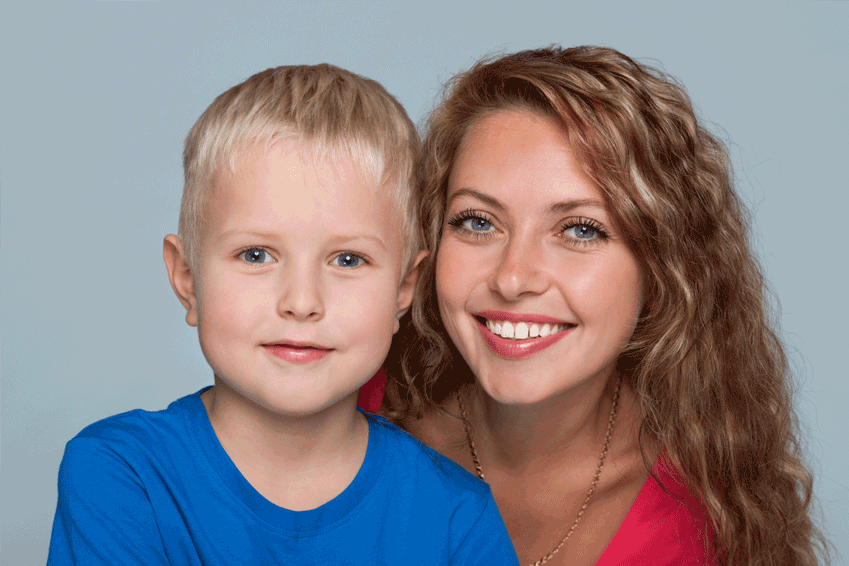
You may not know it, but the growth and development of your child can often be vastly improved by making subtle lifestyle changes, or correcting hidden physical problems.
What is the difference between sleep apnea in children and in adults?
Children are not just small adults. The threshold for sleep disordered breathing (SDB) in children is much lower than adults. In adults, episodes where breathing stops or is reduced must last 10 or more seconds before being considered an apnea or hypopnea. Even healthy adults have some degree of sleep-related disordered breathing. There is an apnea index to differentiate normal from pathologic apnea. The apnea index is an average of the number of apneas occurring per hour during sleep. Apnea indices of fewer than 5 events per hour and hypopnea indices of fewer than 5 events per hour are generally considered to be within normal limits by adult standards.
Healthy children have fewer episodes of sleep disordered breathing than adults, and adult criteria is inadequate for diagnosing OSA in children. Most pediatric sleep centers view apneas or hypopneas that occur more than once per hour as abnormal. Other diagnostic factors are should be considered. It is not cute if your child snores – it is dangerous.
Does your child have to have apnea to have his growth and development affected?
Current research suggests that snoring, even without measurable apneas, is associated with cognitive, behavioral, and psychosocial problems. Children who snore have been shown to have lower scores on learning and memory tests including some types of intelligence quotient (IQ) tests. Sleep disordered breathing is believed to caused changes in the production of growth hormone and is also associated with impaired physical growth development.
What sleep signs and symptoms should I look for?
There are many indications that your child may be affected by SDB. If your child snores or gasp while sleeping, breathes through the mouth, has nasal obstruction, enlarged tonsils or adenoid, bed wets, exhibits hyperactivity and daytime sleepiness, he/should be evaluated for a sleep related issue.
What growth and development signs should I watch for?
If there are any signs of growth and development, hyperactivity, attention deficit, tendency toward obesity a sleep evaluation should be considered. It is important to know that there is a critical period brain development that determines how a child will perform in school. SDB problems can start at birth and awareness, diagnosis and treatment as early as possible are essential.
What should I do if I suspect a problem?
Share your concerns with your pediatrician. There is growing concern and awareness of this epidemic problem among our children. In 2012 the American Academy of Pediatrics published new guidelines for childhood sleep disorders. They recommend, “all children or adolescents who snore regularly be screened for OSAS. Additional symptoms can include labored breathing during sleep, disturbed sleep with frequent gasps, snorts or pauses, and daytime learning problems. It is important for children exhibiting signs of OSAS to get a comprehensive diagnosis by having an overnight, in-laboratory sleep study done. If left untreated, OSAS can result in problems such as behavioral issues, cardiovascular problems, poor growth and developmental delays.
